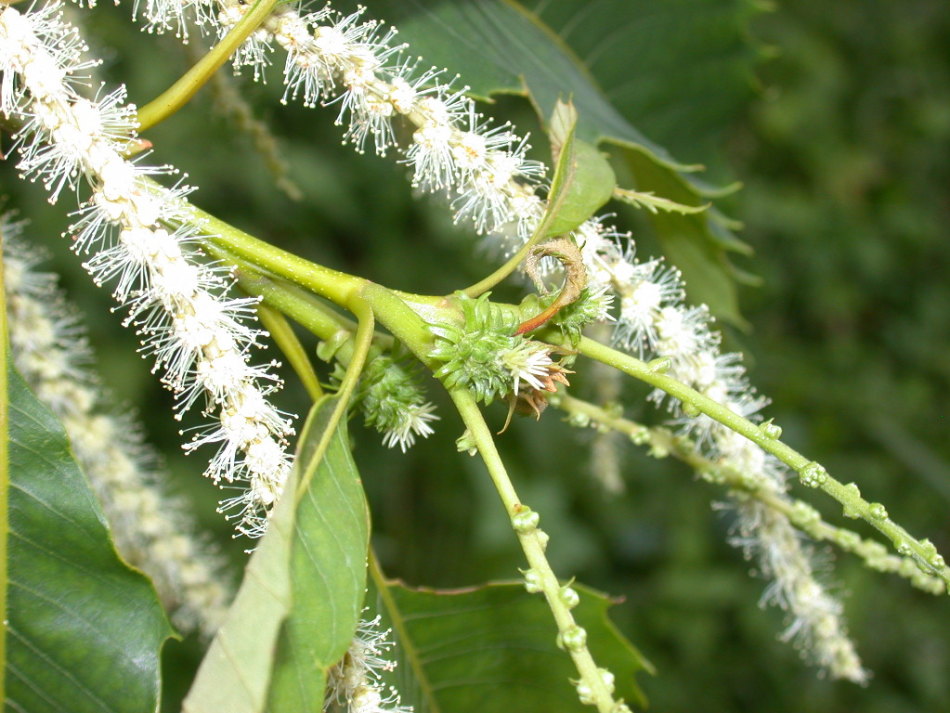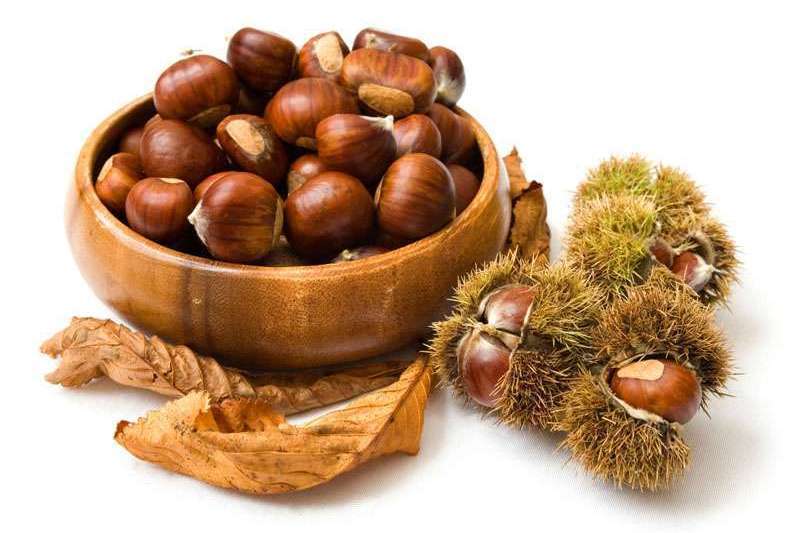Chests are very tasty, but can all be eaten? Let's figure out the differences in edible and decorative fruits.
Content
Of course, many have long known that the fruits of chestnut trees that can be found everywhere do not eat in our food. But then what does the chestnut tree look like, the fruits of which are edible? Do trees and fruits differ and can a person not be fond of botany to distinguish two species?
What do brown trees look like?
- The real chestnut has many names. It is called edible, noble, and sowing. He refers, as we already wrote above the Bukov family, the Kashtan family. This is a deciduous tree, the height of which can reach 35 m. The tree trunk can reach a thickness of 2 m. The tree has a thick, brown bark cut by thick longitudinal cracks.
- Horse chestnut is also called a ventricle and an Aesculus. The height of the tree from the Sapindov family rarely exceeds 25 m in a European softer climate. In our country, they reach only 15 m in height. The tree barrel rarely reaches one and a half meters in diameter. The barrel is powerful, the bitch muscular and leaving upside down.

Unfortunately, few people can determine the size of the tree by eye, so we continue our story about the differences of chestnuts.
Leaves of edible and inedible chestnut: difference
For a person who does not understand botany and does not know which family these or other plants belong, the differences most likely begin with leaves.

- If you are shown on The chestnut is edible And they will say that this is a chestnut, you are likely not to believe. Its leaves are more acute than that of the chestnuts that grow with us, and one -fingered, densely growing across the branch. The length of the leaves can be up to 30 cm. The color of the leaves also differs. They have a deep green color and a glossy surface.
- The leaves of inedible chestnut, depending on the species, can be five and seven. They hold on a long and powerful petiole. In the transverse cut, the leaves reach 25 cm. The color of the leaves is bright green, not as deep as that of the edible. The leaves are matte, do not shine and have a more rounded shape.
The difference between the inflorescences of edible and inedible chestnuts
It is difficult to imagine May in Kyiv without a white-pink hat and a unique aroma that gives the surrounding chestnuts in color. The flowers of decorative chestnut can reach a diameter of 2 cm and are collected in inflorescences, which in turn form candles. The whole world knows these luxurious views. It is for them, as well as for the aroma that inflorescences are depleted during flowering, this tree was loved all over the world.
You would hardly plant a tree from the beech family on your site or anywhere else for decorative purposes. It blooms much later than a decorative chestnut, and its flowers are not only not decorative - it is even difficult to notice them. Its color is more like a nut flowering - long worms cover a branch.

If the year is successful - the maximum decorative effect is a look of a fluffy branch. If you don’t know for sure that at this time they should bloom, you can easily skip this event.
Distinctive features of chestnut fruit
Why the decorative and chestnut chestnut was called the same name for the author of this article still a mystery. Perhaps the case is in the fruits?
- A brightly salad shell of an edible chestnut with a soft velvety milky-white border inside could be called a horse’s shell similar to such a familiar shell, but it is so thickly covered with thorns that it looks like a real hedgehog-it is almost impossible to take the fetus.
- Perhaps that is why the shell does not break when falling, as often happens with the habitual fruits of the ventricle. In addition, getting to the fruits is not so easy. With ordinary pressing, the shell does not break. We'll have to stomp well on it with your foot or hit with a hammer - it all depends on the possibility at the moment. And when the shell is revealed, we find similarity!
- Inside the nuts with a chocolate-brown glossy shell and a wide whitish spot, on the one hand. That's all similar.
- Firstly, there are several nuts in the shell of edible chestnut, and the shape of the nuts is beautiful and more resembles a hazelnut-with a nose pointed on one side.
- Secondly, in size they are much smaller than the fruits of any of the many types of chestnut chestnut, inedible.

The fruits of the tree from the Sapindov family are not wrapped in such a thorny clothing-the number of spines on the bright salad shell is so small that they can be safely taken in their hands. The shell is quite fragile-most often it breaks when the fetus falls to the ground. The fruit in the shell is one, very rarely two of them. The fruit is dark shocal shiny with a whitish spot, but without apparently expressed pointing. It looks like a round loaf of homemade bread.







